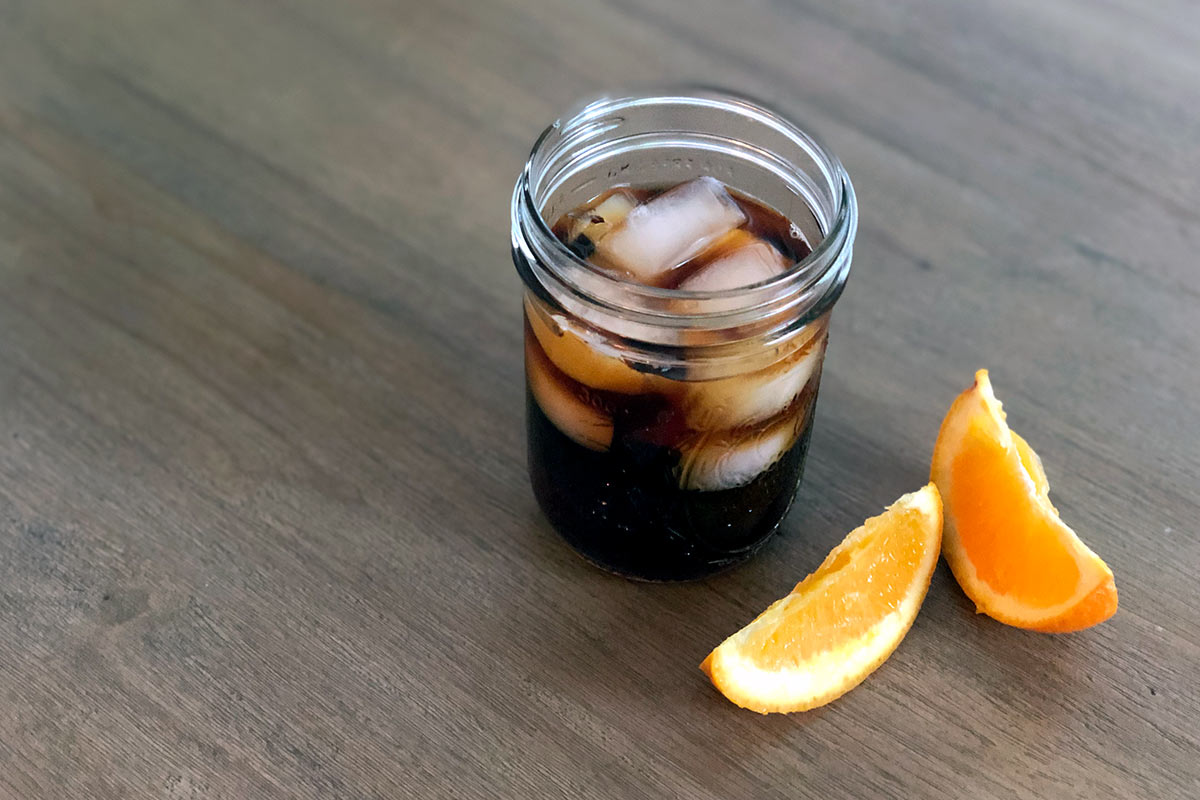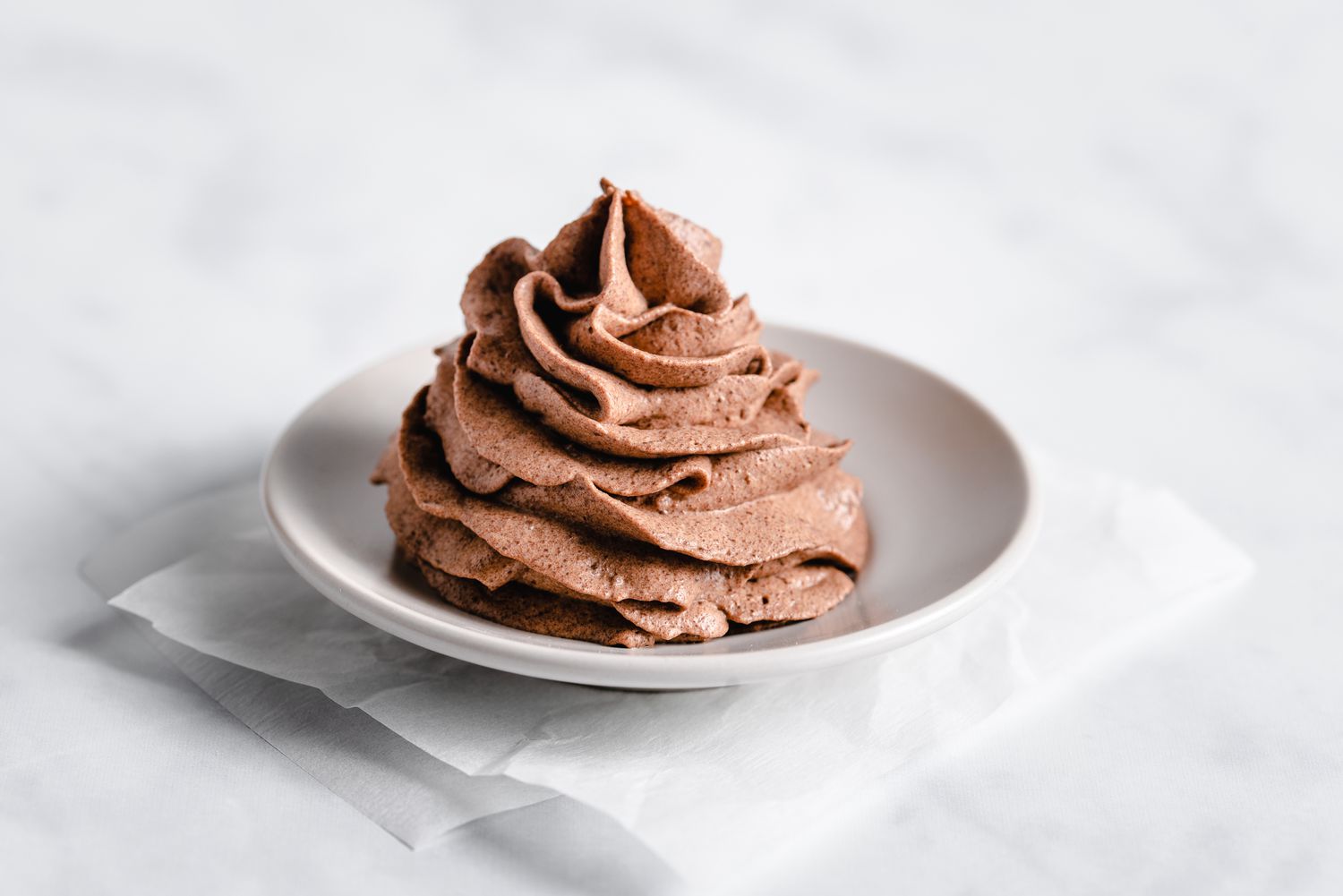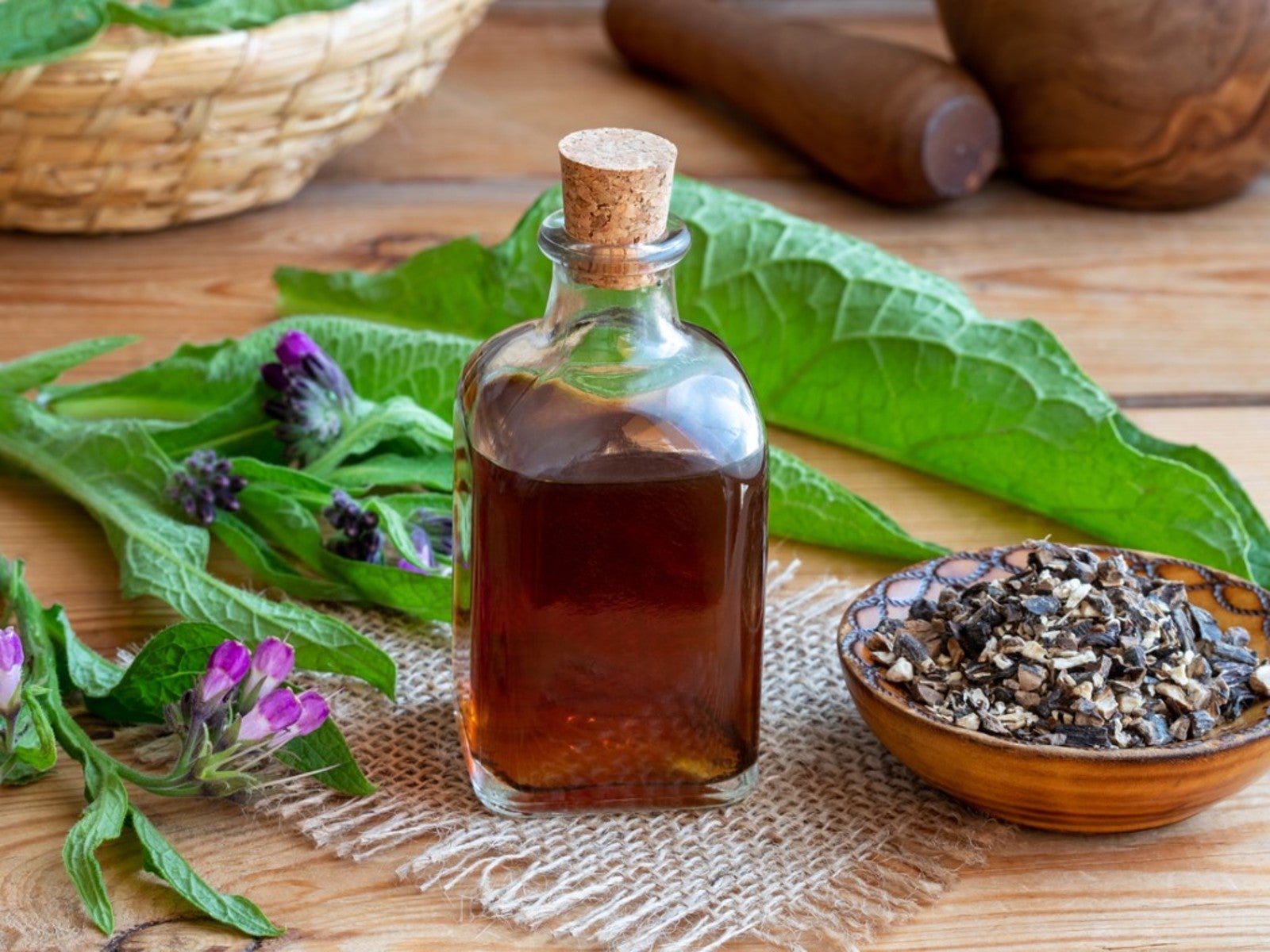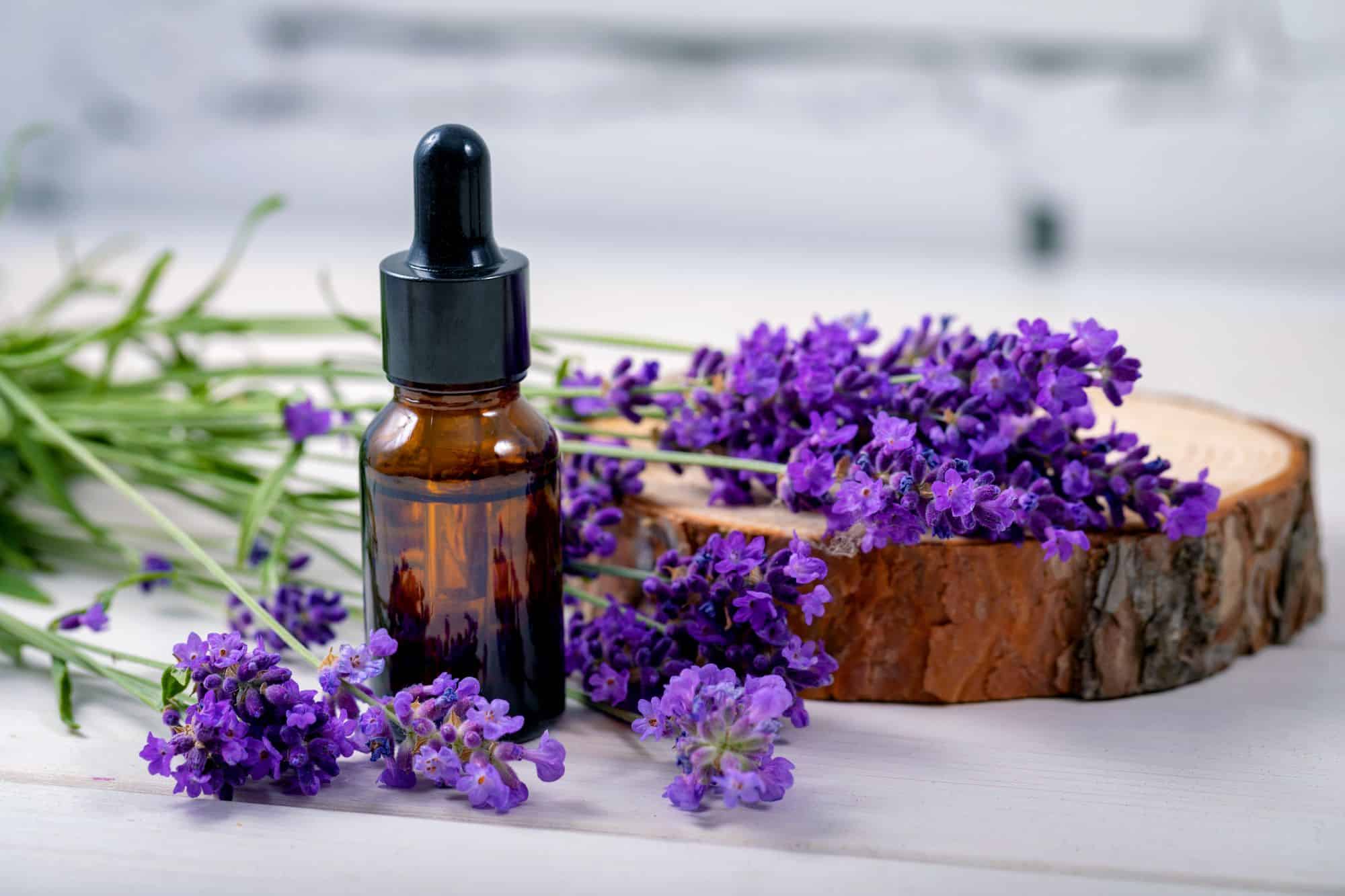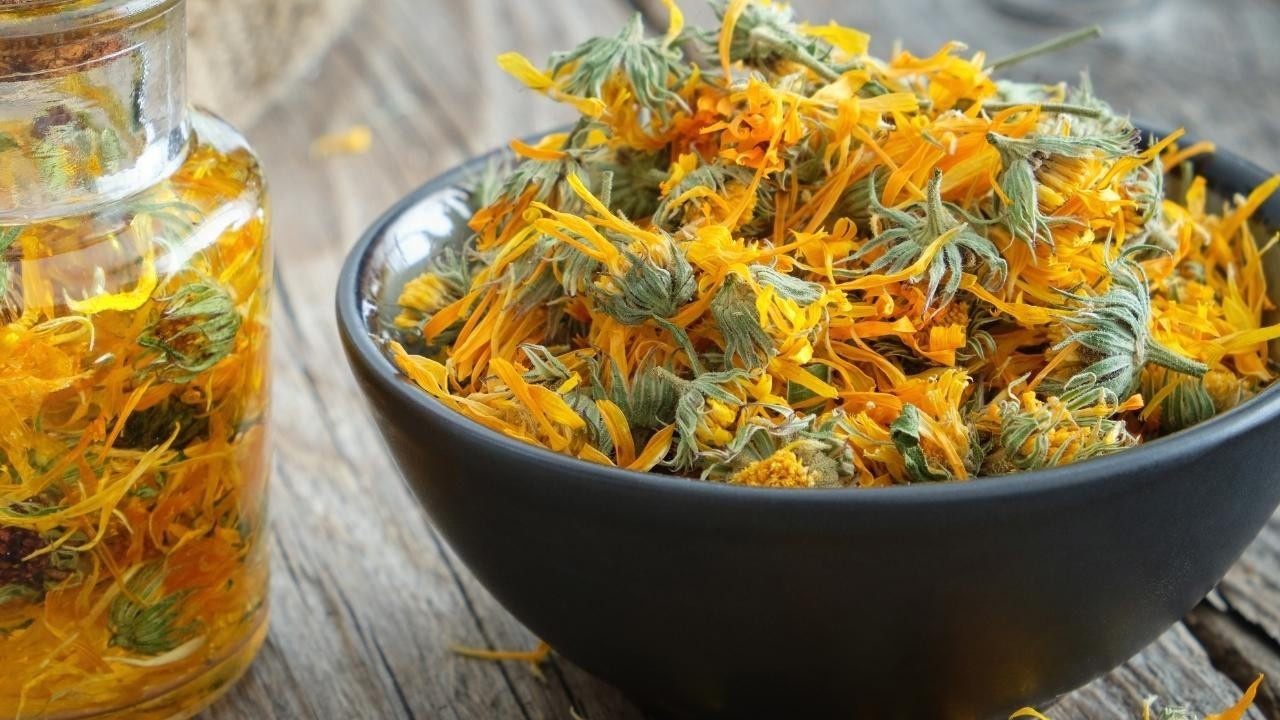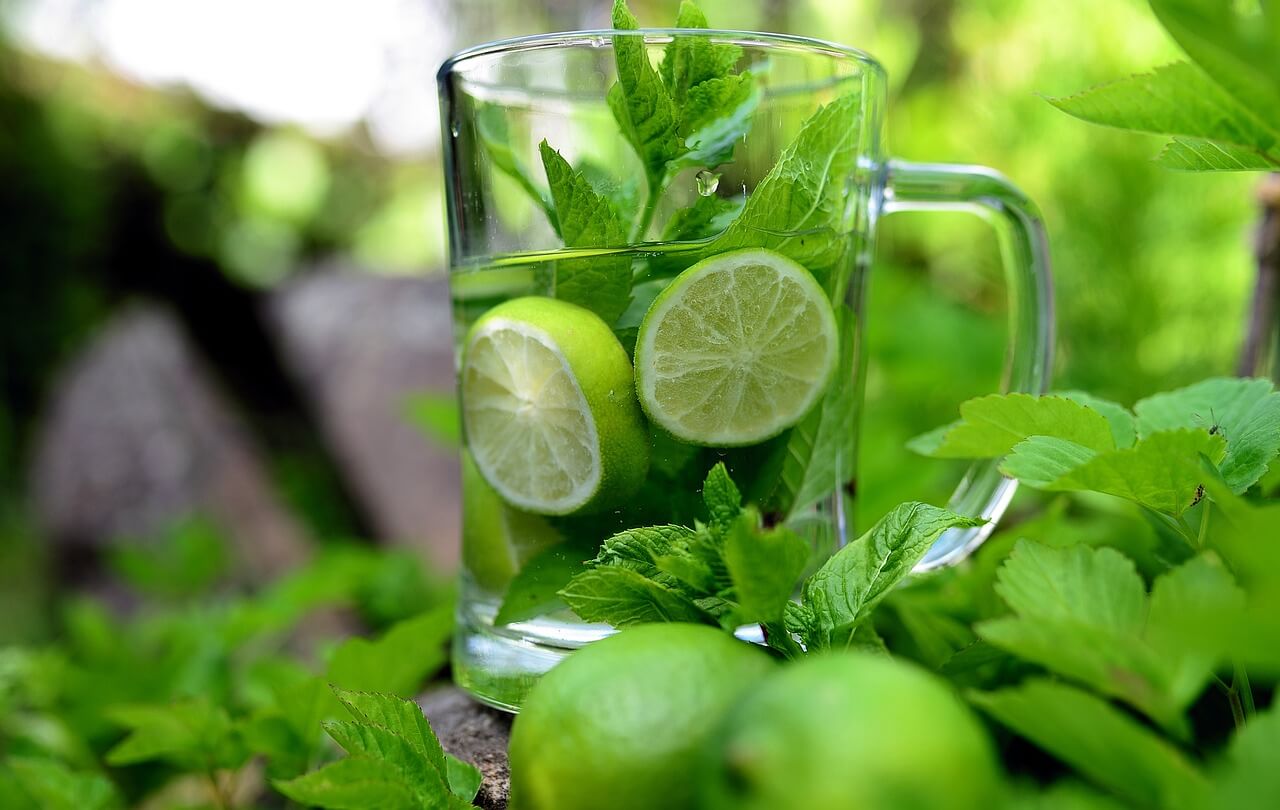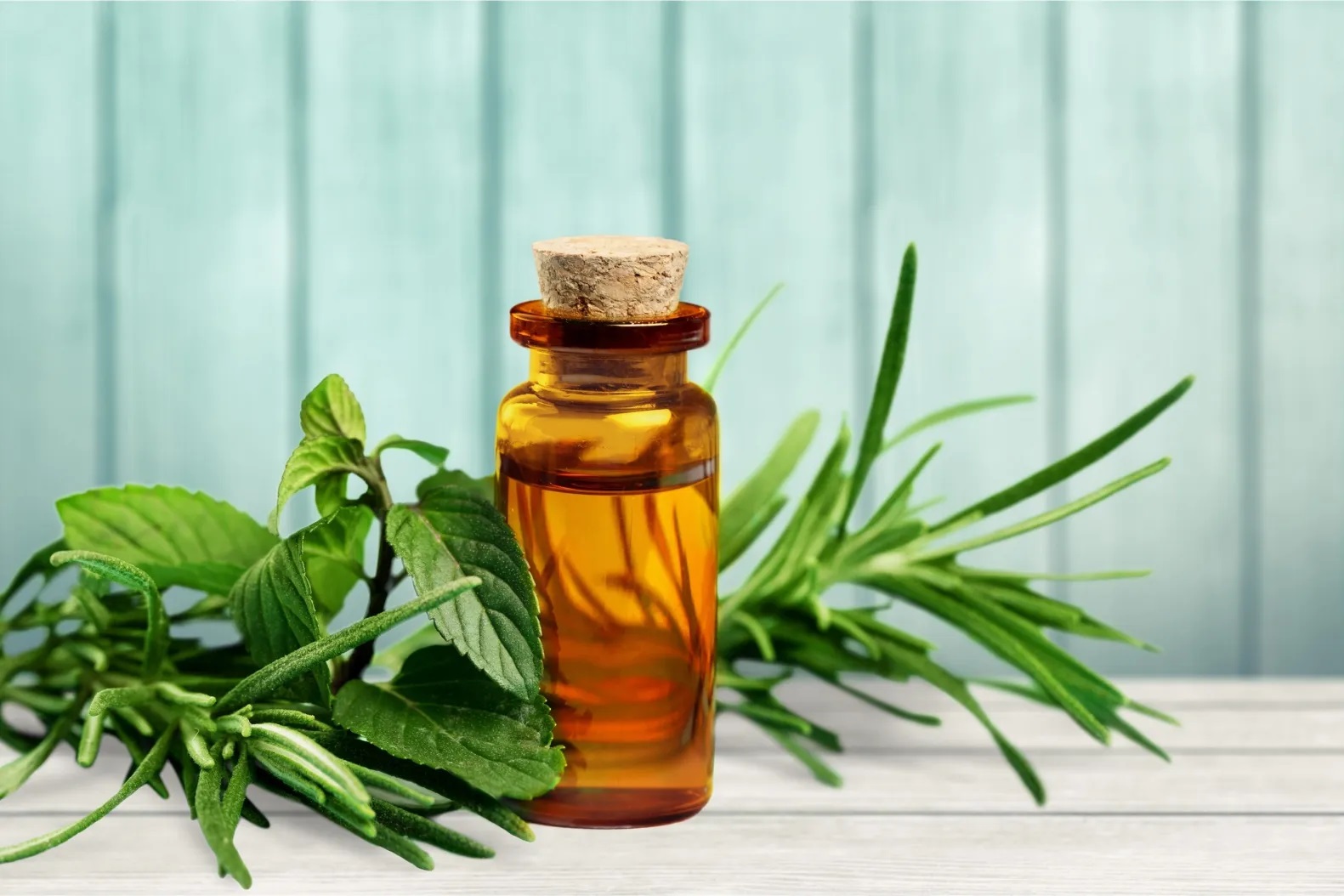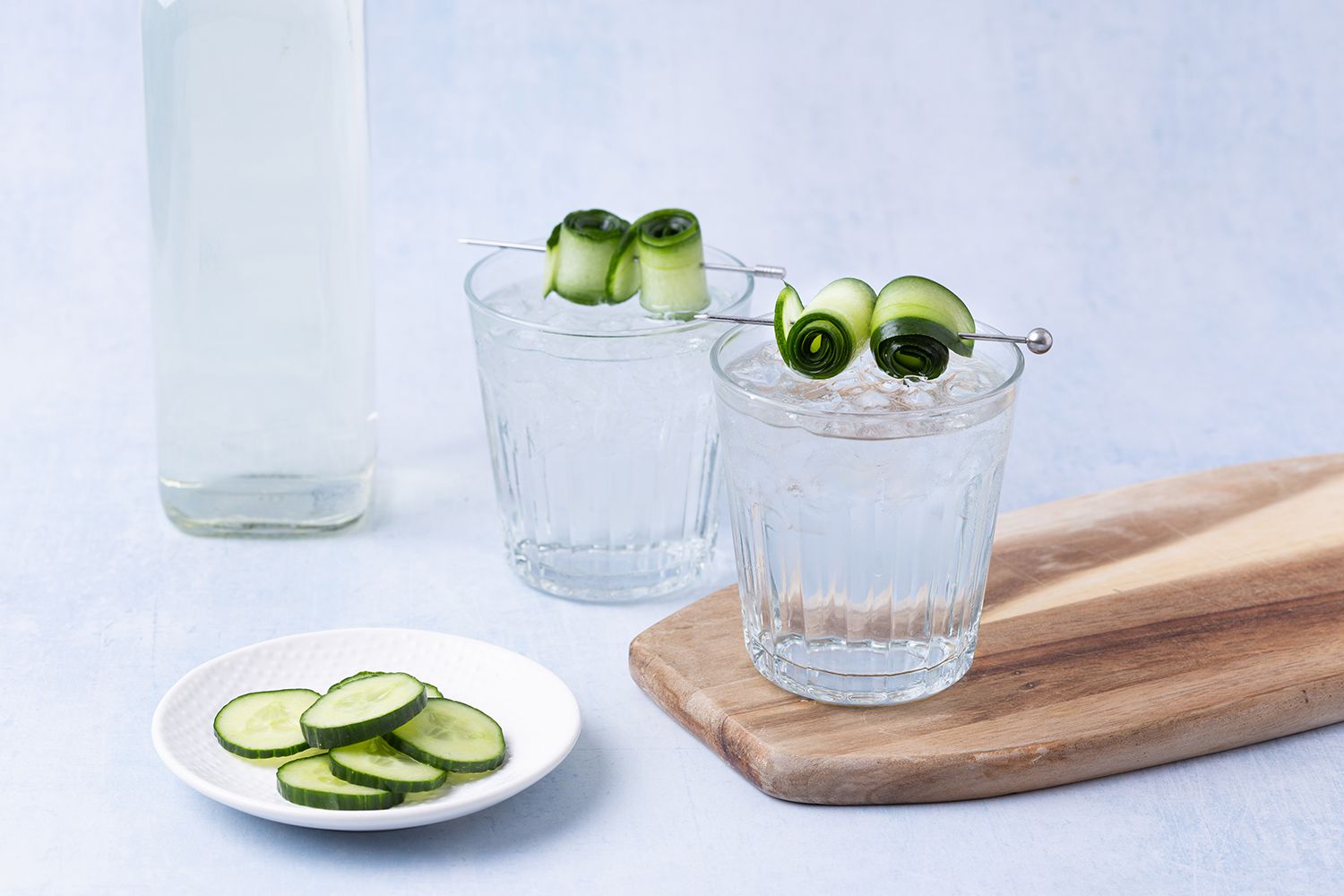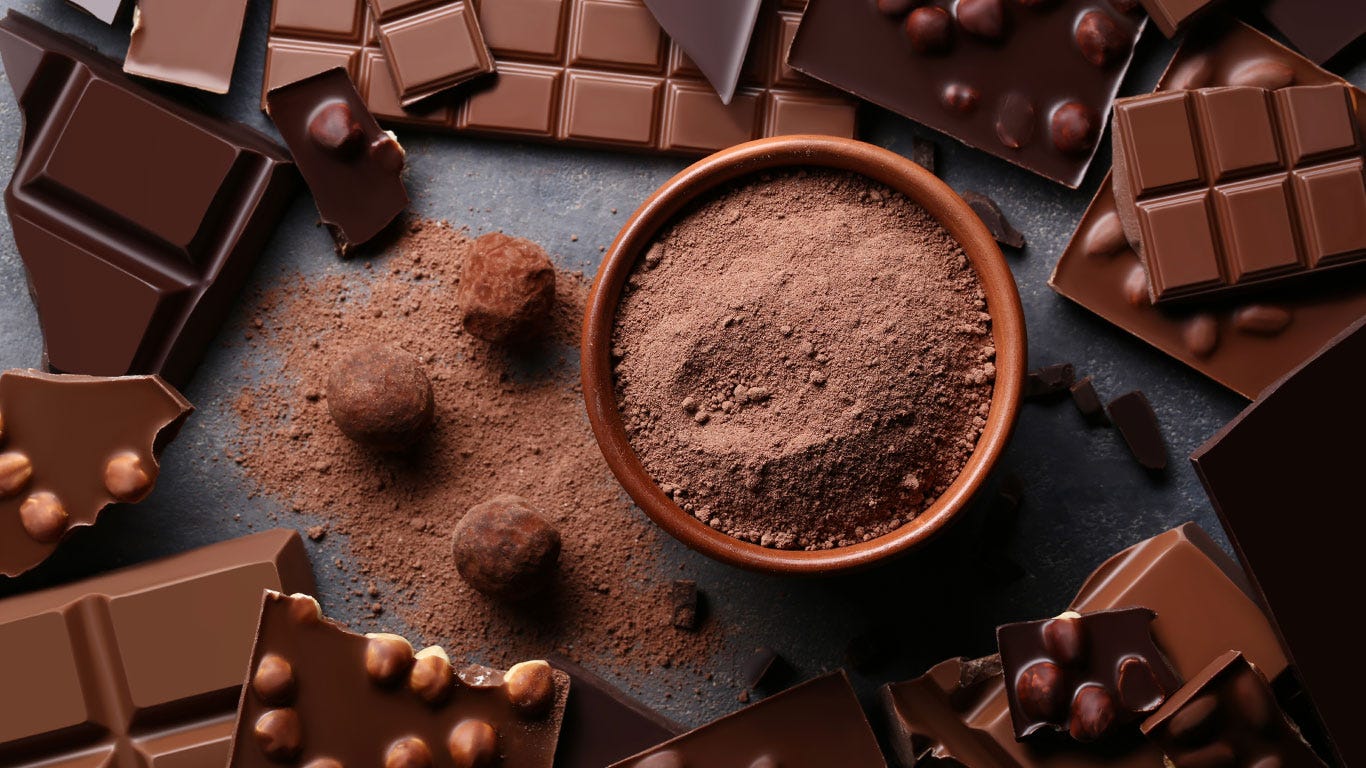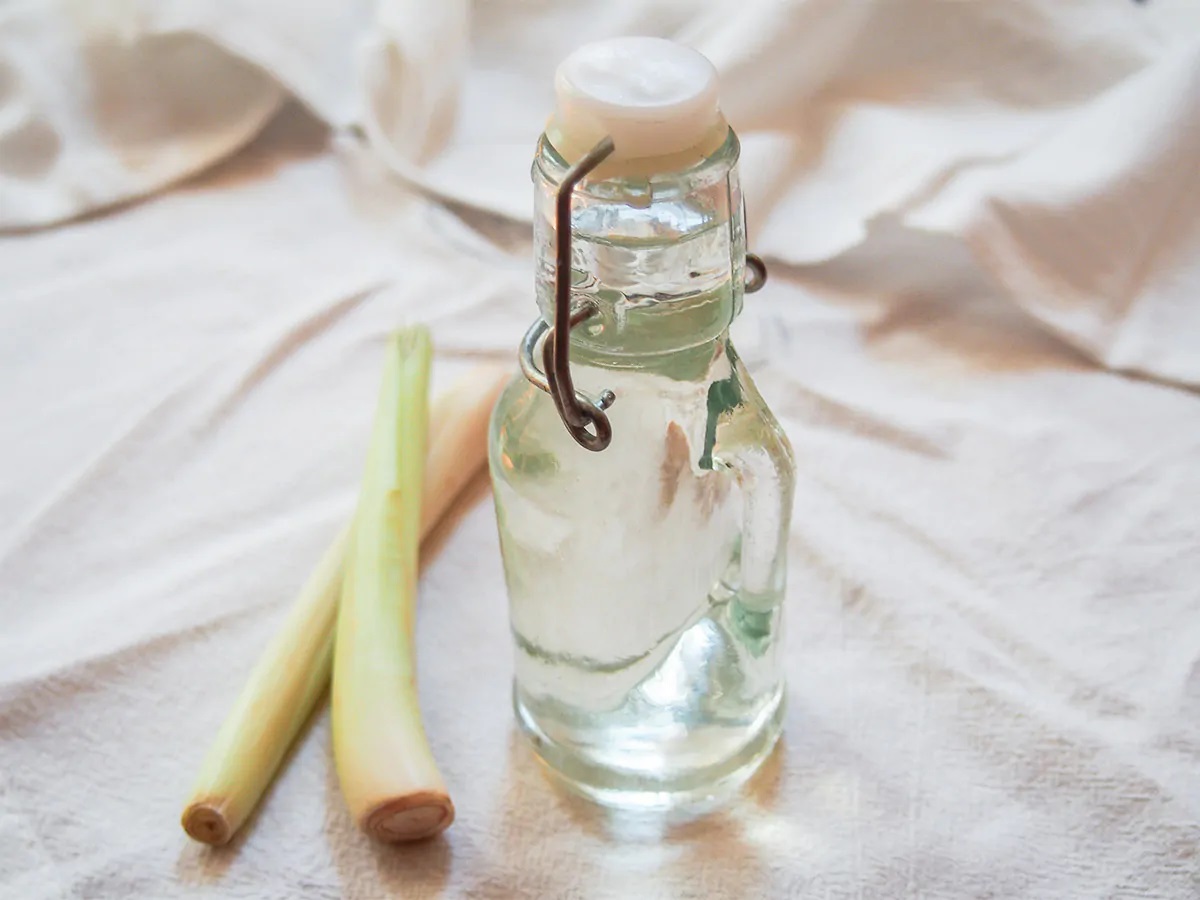Homebrewing: How to Dry Hop Your Beer
Welcome, fellow beer lovers! If you’re passionate about homebrewing, then you’ve come to the right place. Today, we’re going to dive into the intriguing world of dry hopping. Whether you’re a seasoned homebrewing pro or just starting out, dry hopping is a technique that can elevate your beer to new heights. So grab your favorite brew, let’s get hoppy, and discover how to master the art of dry hopping!
Why Dry Hop?
Before we dive into the process of dry hopping, let’s quickly discuss why you should consider incorporating this technique into your brewing routine. Dry hopping is the process of adding hops to your beer during the fermentation stage, typically after primary fermentation has completed. This technique allows the hops to impart their aroma and flavor without contributing too much bitterness to the final product. So if you want to enhance the hoppy character of your beer without overpowering bitterness, dry hopping is the way to go!
Choosing the Right Hops
The first step to successful dry hopping is selecting the right hops for your beer. Different hops will produce different aromas and flavors, so take some time to research and experiment. Some popular hop varieties for dry hopping include Cascade, Citra, Amarillo, and Simcoe. These hops are known for their citrusy, tropical, and piney aromas, which can add a delightful complexity to your beer.
Tips for choosing the right hops:
- Consider the beer style: Match the hop varieties with the style of beer you’re brewing. For example, Citra hops work great in an IPA, while Saaz hops are perfect for a Pilsner.
- Experiment with combinations: Don’t be afraid to mix and match different hop varieties to create unique flavor profiles.
- Quality matters: Always opt for fresh and high-quality hops to get the best results.
The Dry Hopping Process
Now that you’ve chosen your hops, it’s time to dive into the dry hopping process. Follow these simple steps, and you’ll be well on your way to a deliciously hoppy brew:
- Sanitize: Ensure that all the equipment you’ll be using, including the fermenter, airlock, and hops container, is thoroughly sanitized. This step is crucial to prevent any unwanted contamination.
- Choose the timing: Decide when you want to add the hops. Some brewers prefer to dry hop towards the end of primary fermentation, while others wait until fermentation is complete. Both methods can yield excellent results, so choose the timing that suits your brewing style.
- Prepare the hops: Measure out the desired amount of hops for your recipe. You can use whole leaf hops or hop pellets, depending on your preference. If using whole leaf hops, consider using a hop bag or a hop spider to contain the hops and make removal easier.
- Add the hops: Gently add the hops to the fermenter. Avoid splashing, as it can introduce oxygen into the beer. If you’re using a hop bag or hop spider, make sure it is secured and won’t accidentally fall into the fermenter.
- Wait patiently: Seal the fermenter and let the hops work their magic. The duration of the dry hopping process can vary depending on the beer style and desired intensity of hop aroma. On average, one to seven days should suffice.
- Remove the hops: Once the desired dry hopping period is over, it’s time to remove the hops from the beer. Carefully remove the hop bag or hop spider, or use a sanitized strainer to strain out the hops.
- Bottle or keg: Continue with the remaining steps of your brewing process, such as bottling or kegging. Now, sit back and eagerly await the moment when you can crack open a bottle and savor the fruits of your labor.
Experiment and Have Fun!
Dry hopping is an excellent way to add complexity and depth to your homebrewed beer. Don’t be afraid to experiment with different hop varieties, quantities, and timings to find your perfect combination. Remember, brewing beer is an art, and each brewer’s journey is unique. So, grab your brew kettle, get creative, and enjoy the exciting process of dry hopping your beer!
That’s all for now, hop enthusiasts! Cheers to deliciously hoppy beers!
Was this page helpful?
Read Next: How To Use Honey In Cocktails

